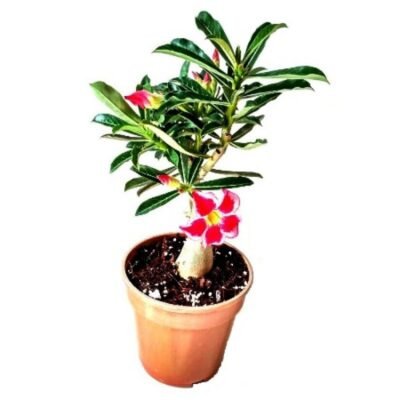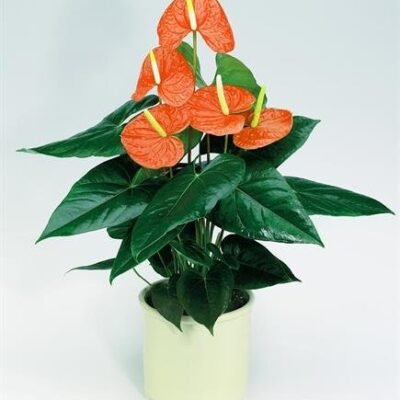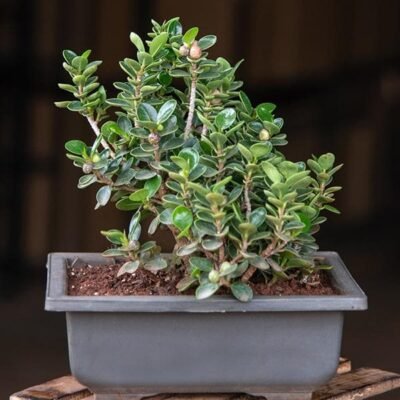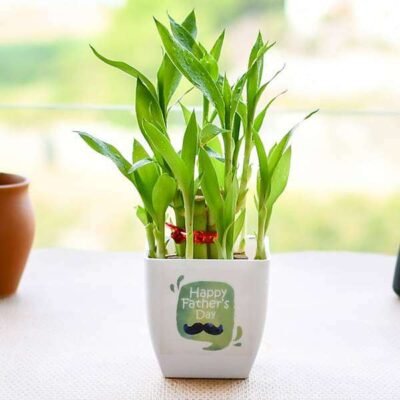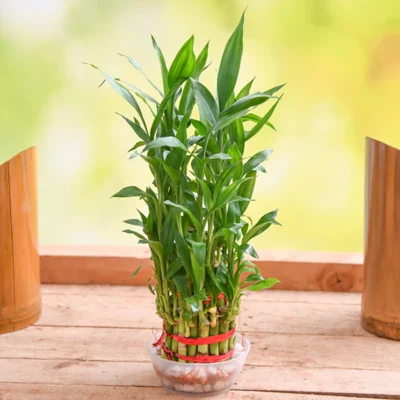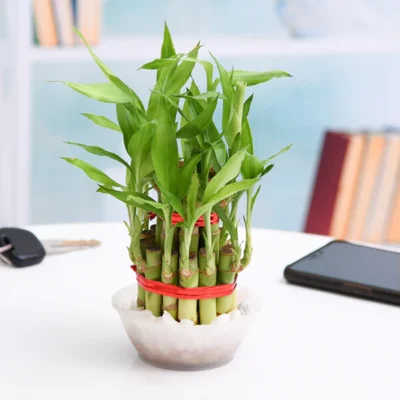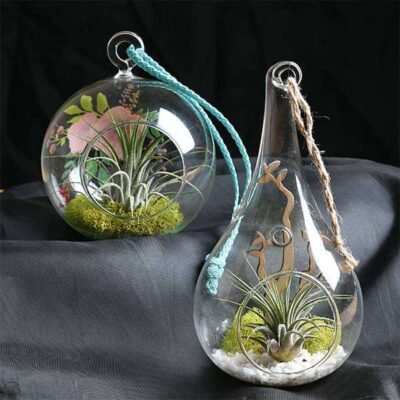You are Here:
Home / Plants / Flowering Plants / Lily Plants
Lily Plants
[cat_short_description]
Filter by Price
Categories
This Week’s Top Rated
-
 Adenium Baby Pink (Grafted) - Adenium obesum, Desert Rose Plant
Rated 4.50 out of 5
Adenium Baby Pink (Grafted) - Adenium obesum, Desert Rose Plant
Rated 4.50 out of 5₹589.00₹500.00 -
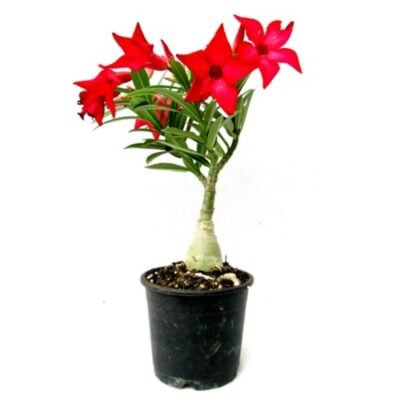 Adenium Red (Grafted) - Adenium Serene Rose, Adenium Obesum, Desert Rose Plant
Rated 3.00 out of 5
Adenium Red (Grafted) - Adenium Serene Rose, Adenium Obesum, Desert Rose Plant
Rated 3.00 out of 5₹429.00₹400.00 -
 Bougainvillea Dwarf (Pink) - Plant
Rated 0 out of 5₹499.00
Bougainvillea Dwarf (Pink) - Plant
Rated 0 out of 5₹499.00
Showing all 6 results
-
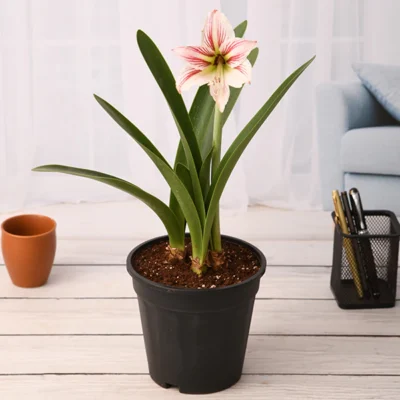 Add to cart
Add to cart - Cut off leaves at the base if they start to turn yellow.
- To keep the flower stalks from slanting toward the light, turn the pot periodically.
- The flower stalks could need assistance to prevent falling.
- A stressful time of cool or dry circumstances triggers flowering.
- For the stress phase to be successful, it must last at least 10 weeks.
Quick View -
 Add to cart
Add to cart - When Asiatic lilies emerge from the ground in the spring, fertilize them to encourage blooming.
- Each plant should have a balanced fertilizer surrounding it, which should then be watered in with an inch of water.
- You can also use fertilizer for bulbs.
- Because fertilizers include various nutrient concentrates, consult the chart on the packaging to determine the proper application rate.
Quick View -
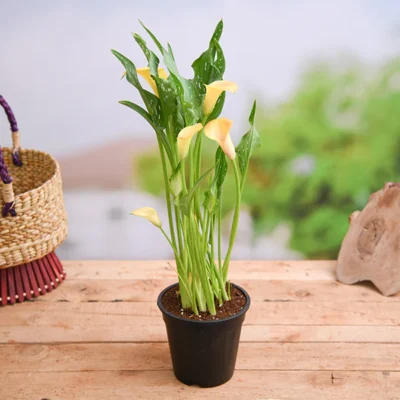 Sale! Add to cart
Sale! Add to cart - Keep the ground moist but not soaked.
- Luminous, indirect lighting
- While in flower, monthly liquid fertilizer application
- Avoid the vents for the air conditioning and heating.
- When the plant goes dormant, water less (November)
Quick View -
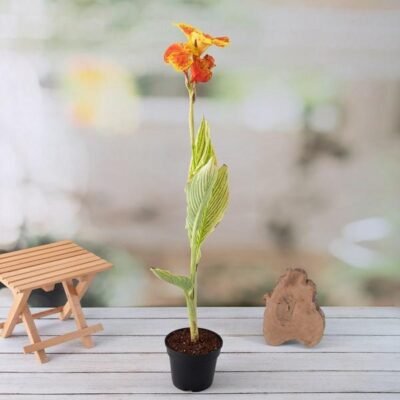 Add to cart
Add to cart - From the full sunlight to some shade.
- Cannas need to be kept watering once they are established.
- Neutral or slightly acidic soil that drains well with organic material.
- The temperature range between 21-23 °C (70-75 °F).
- For continuous bloom, a monthly fertilizer with a significantly larger phosphate content is necessary.
Quick ViewLily PlantsCanna Lily (Orange Flower with Variegated Yellow Leaves)
Rated 0 out of 5₹399.00 Add to cart -
 Add to cart
Add to cart - Once established, day lilies may survive periods of drought, but they thrive in conditions of constant wetness.
- Once the plants are established, fertilize lightly; stay away from mixes that are heavy in nitrogen.
- Mulch during the summer.
- Simply prune back or take off any outdated foliage to the ground.
Quick View -
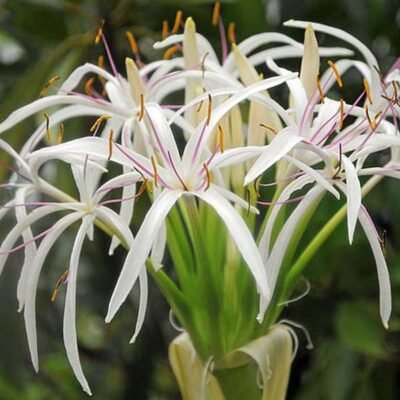 Add to cart
Add to cart - The Crinum family’s members require fertilization about three times a year, while not being the simplest to care for.
- Once they have perished, the leaves and blossoms should be removed.
- The bulbs should be taken out of the garden in the fall and kept indoors in a cool spot if you live in a really cold climate.
- Your Crinum lilies might not produce blossoms for up to five years.
Quick View
Read more about
Lily Plants
[cat_description]




